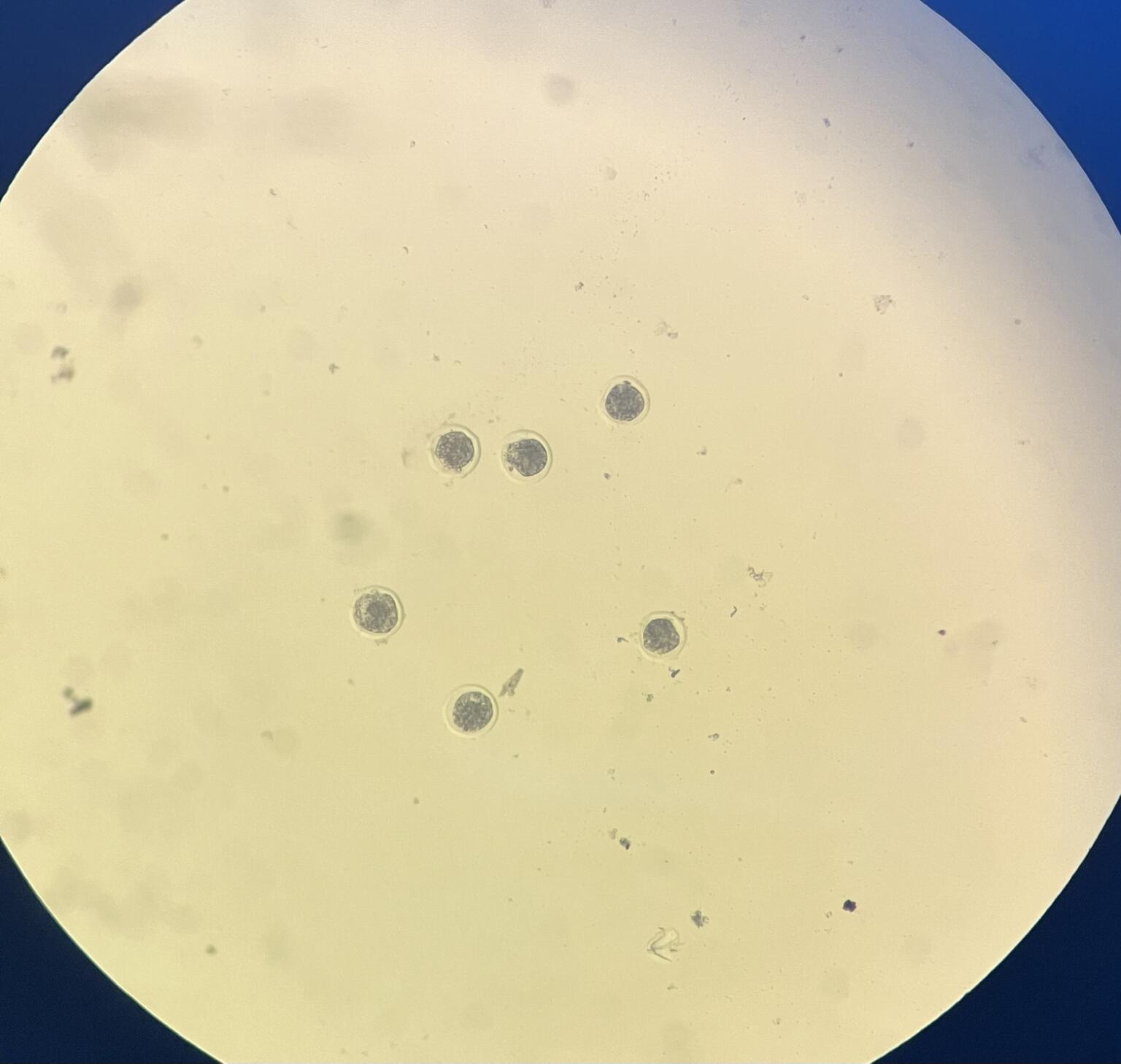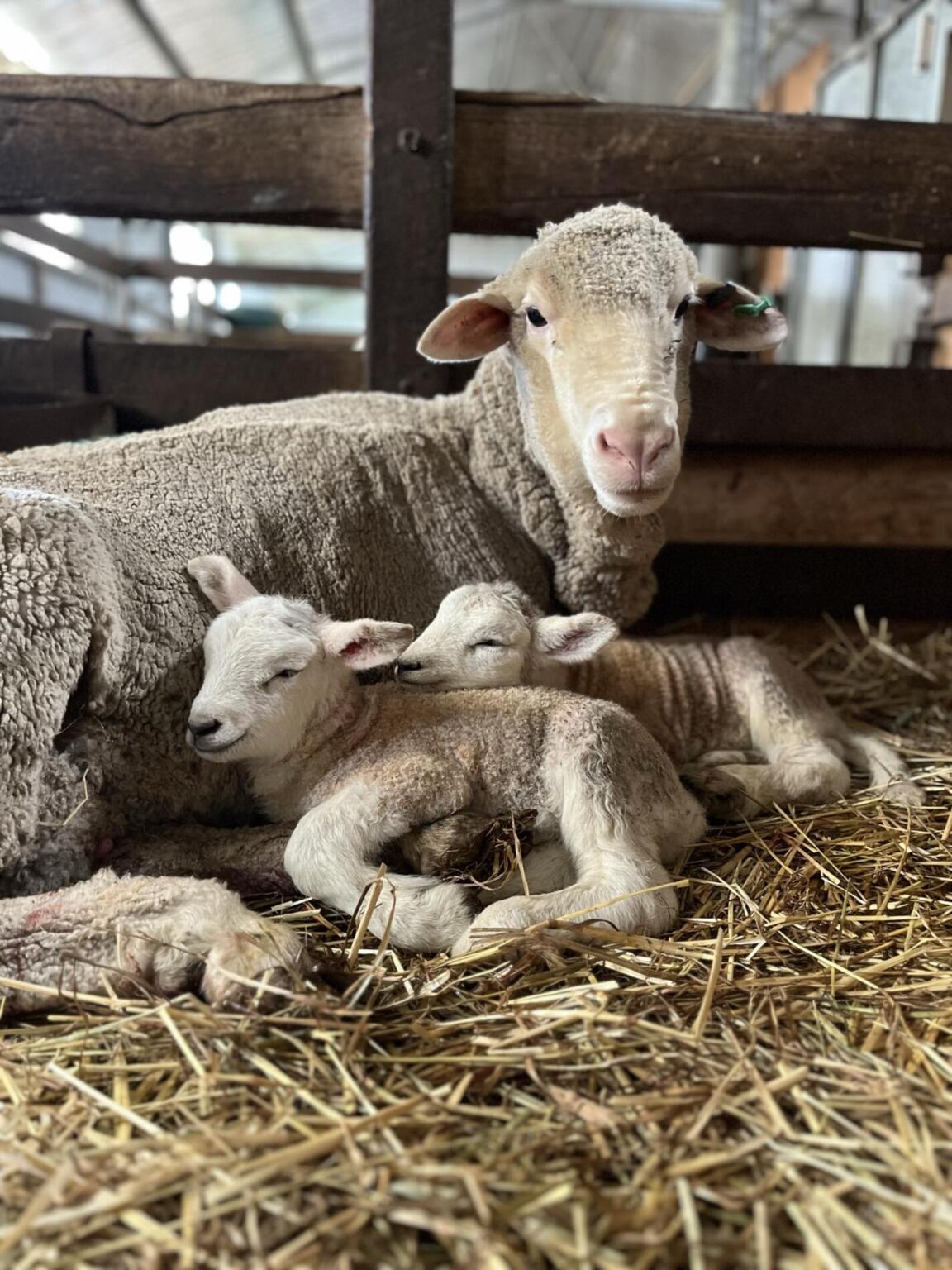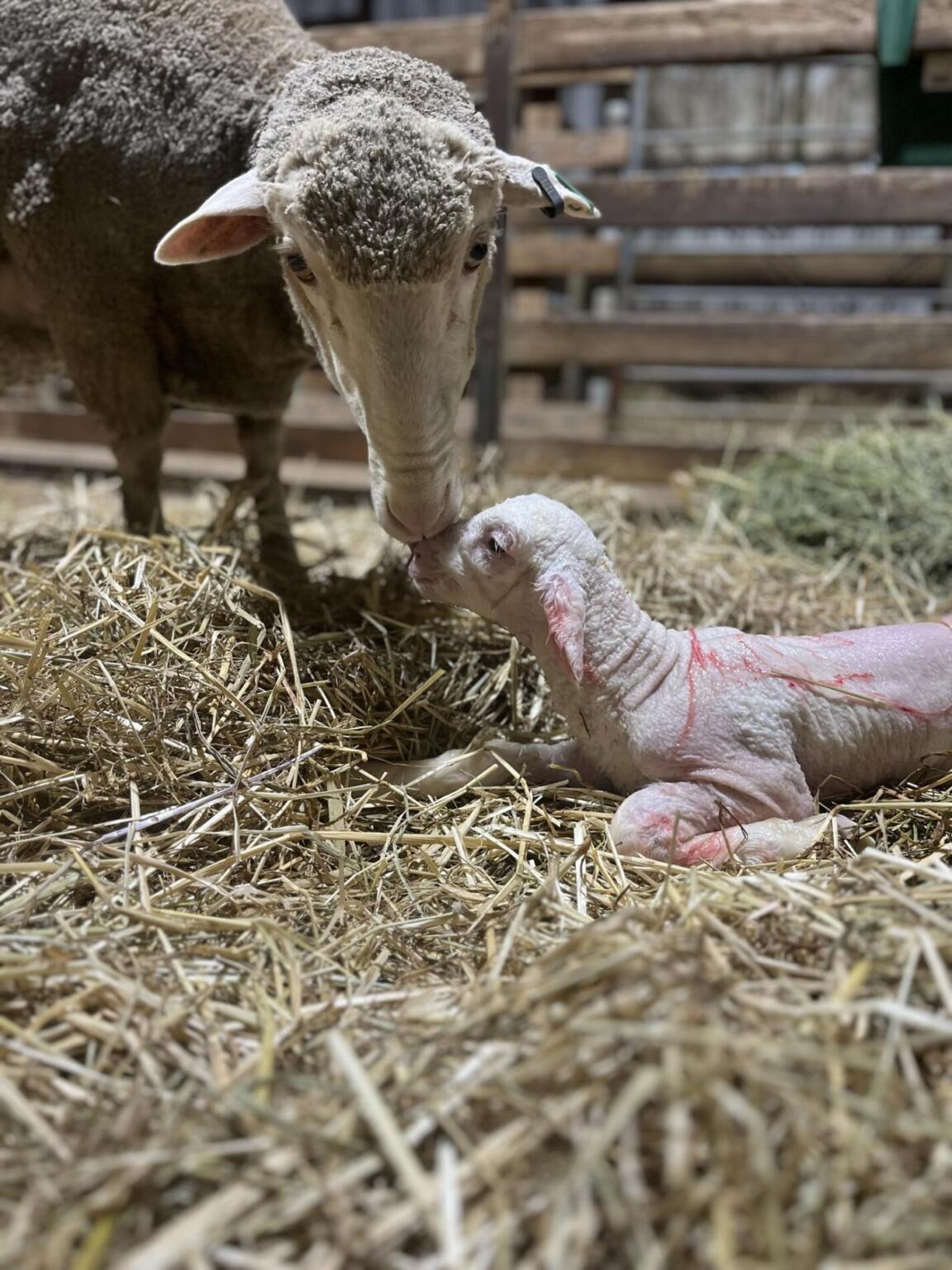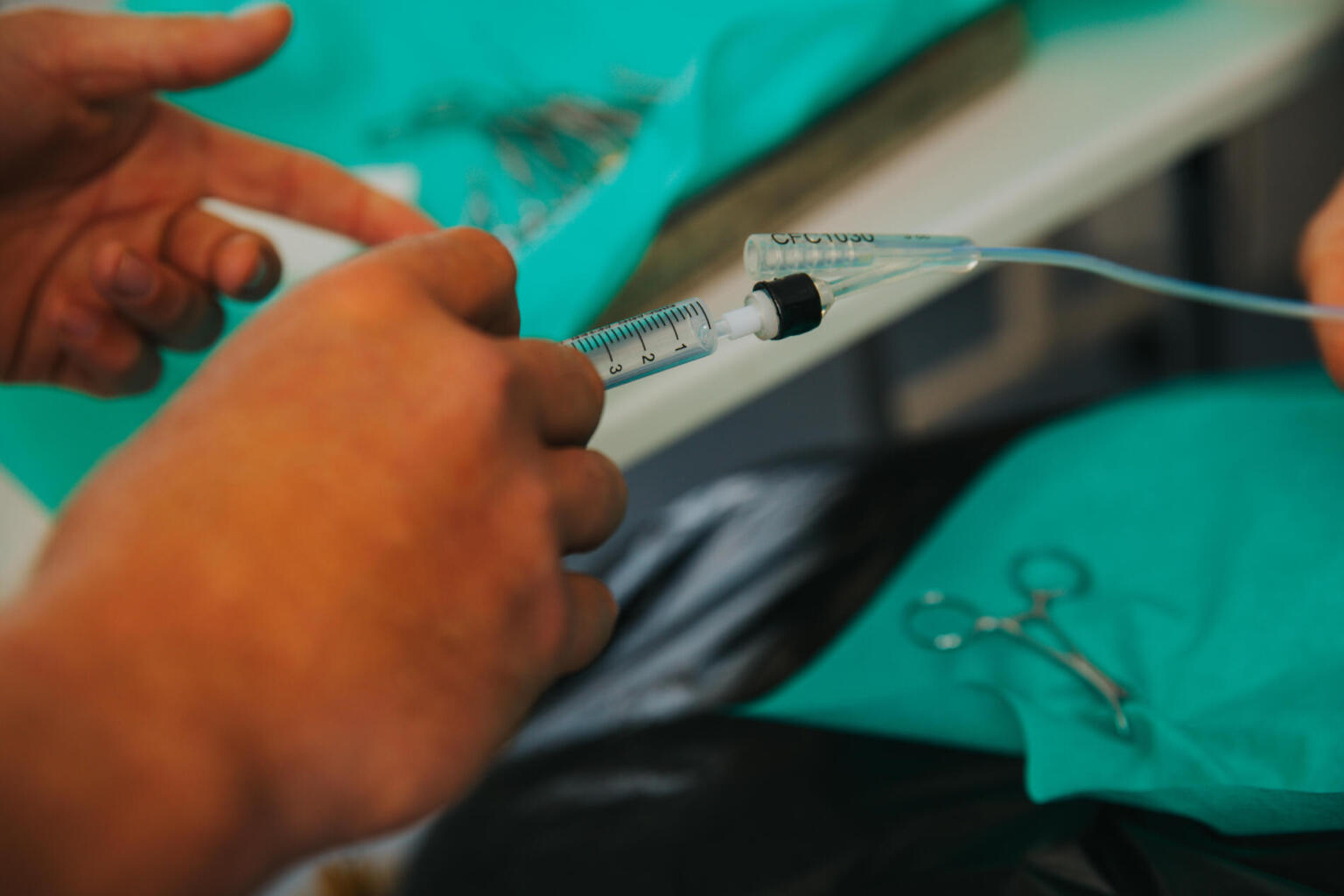Embryo transfer (ET)
What is ET?
Embryo transfer (ET) involves superovulating and artificially inseminating a donor ewe. This donor ewe is then flushed and the embryos are transplanted into a number of recipient ewes as singles or twins. A donor ewe can provide up to 25 embryos per flush.
Advantages of ET
- Produce many progeny from a superior ewe
- Rapid multiplication of certain genetic lines
- Increase numbers of a new breed quickly
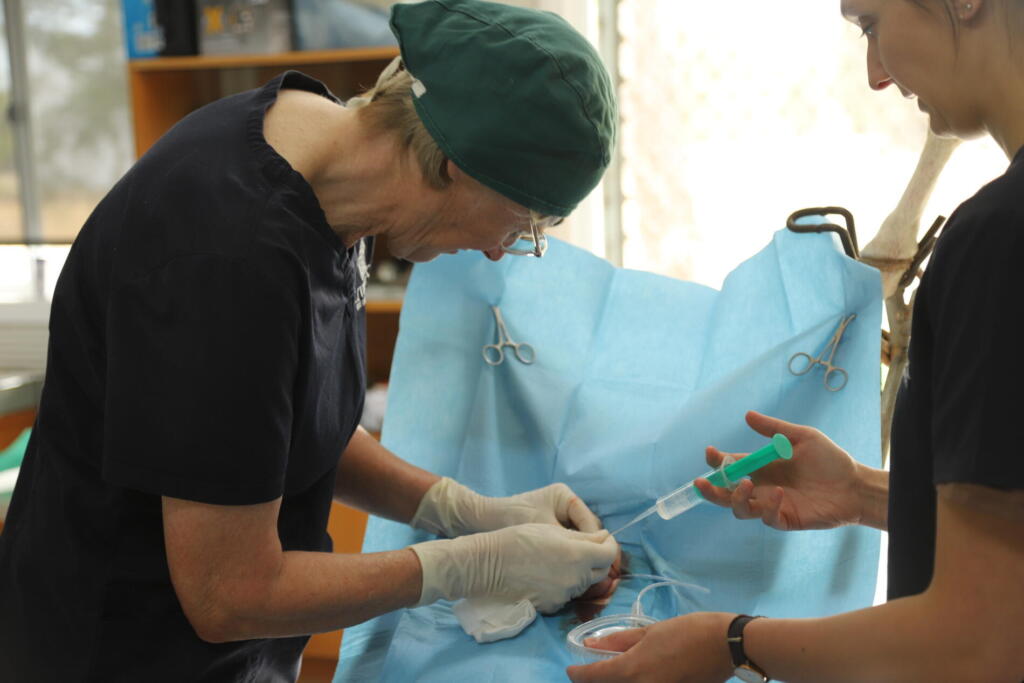
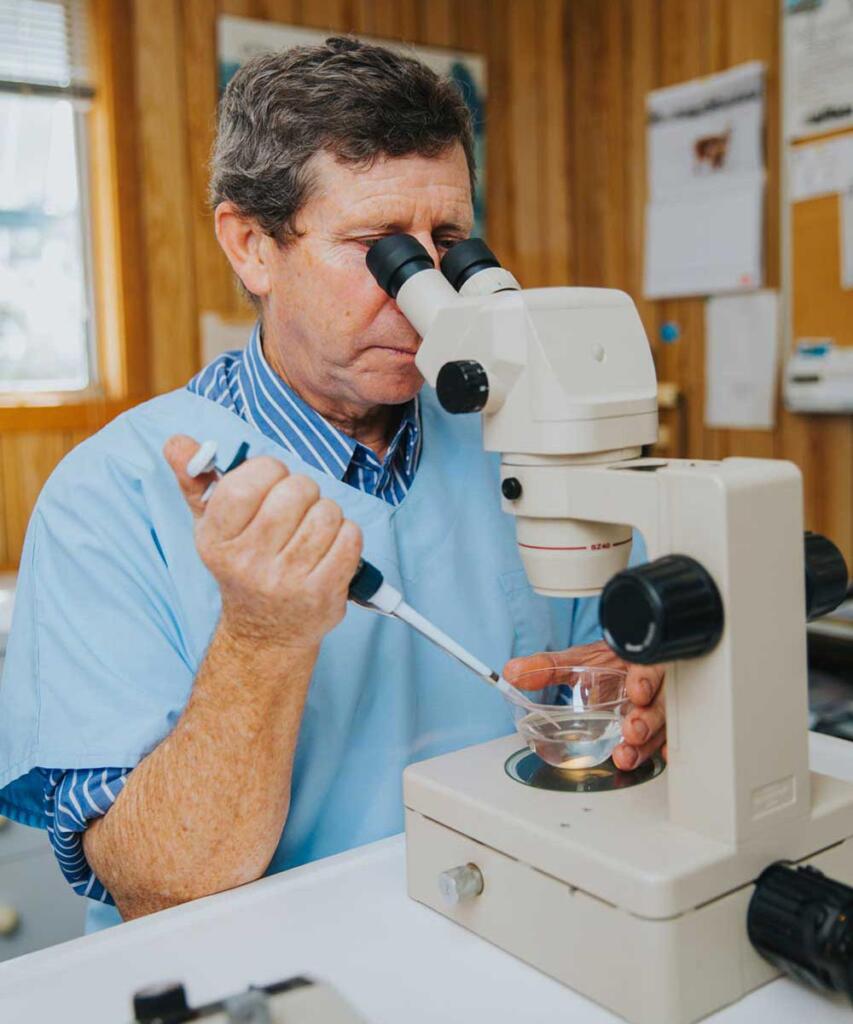
Why choose LBS?
LBS veterinarians are leading sheep surgeons and embryologists.
All LBS vets have many years of experience performing ET and our programs achieve maximum results.
LBS can tailor your ET program to best suit your requirements. This includes on-centre or on-farm ET programs. LBS is able to provide recipient ewes with an added option to include LBS lambing down on-centre under veterinary care and supervision.
Get in touch to find out which is right for you to kick-start your breeding program.
LBS offers a Boutique Breeders Package for clients wanting a complete and hassle-free AI or ET experience. Click here for more information.
What ewes or does are suitable as donors?
As long as the donor has a healthy reproductive tract, and has achieved puberty, she is a candidate for ET. Young animals, even as young as 8 months old, can be flushed successfully, but it is preferable to see a few natural cycles from a young donor prior to the commencement of a program. There is a greater probability of a small response from very young donors.
Any history of infertility also increases the probability of getting a below average result. Sometimes valuable females are entered into a program for just this reason, but the result can be unpredictable. Sometimes the cause of their infertility precludes fertile embryos ever being recovered.
How many embryos will each donor give each flush?
The range of fertilised, quality embryos recovered per flush is 0- 30. Nil, one and two are very common recovery numbers, but usually this is balanced by one or two big responding donors bringing the average of the group to 5-12.
Some donors will not give viable embryos for the following reasons:
- No response to the hormone treatment. The donor has no, or a very small number of ova released
- Fertilisation of the released ova failed. Semen quality needs to be high. Despite high-quality semen, in some cases, especially large responses, fertilisation does not occur
- Fertilisation occurred, but the embryos start to die after a few divisions. These are referred to as “degenerate” embryos and are not transferred to recipients
There is a genetic component in how each breed responds to the hormone given to stimulate multiple egg release (Follicle Stimulating Hormone, or FSH). Some donors do not respond to a standard dose, whilst others have a large response. The response by individuals is quite repeatable; if a donor gives a large number of embryos in one program, she is likely to respond well when re-flushed.
How many pregnancies will result from good embryos?
60 – 80% of good embryos should result in pregnancies, but recipient fertility and management is the key. Higher or lower results can occur according to the level of recipient management. LBS can guide you in the best treatment of recipients to maximise results
Every recipient presented for implantation is laparoscopically inspected to ensure good uterine and ovary health. To ensure a maximum pregnancy result, any recipient looking less than perfect will not have an embryo implanted.
How often can a donor be flushed?
Donors are given treatment at flushing to help the uterus and ovaries return to their normal state. After about 2 weeks the program can begin again, so donors could be flushed every 5 to 7 weeks.
The Result
A group of unselected donors (say 10 or more) should average 5 – 12 good embryos per donor with a 55-80% pregnancy rate in recipients. Results are improved by flushing a group and removing the poor performers from future programs. Generally, donors settle into a pattern of good or poor responses.
LBS has been performing ET programs for over 25 years and uses the latest techniques and embryo medias to achieve the maximum result. Above all, LBS places a high priority on a careful surgical technique that will permit multiple flushes and the full future fertility of donor.
